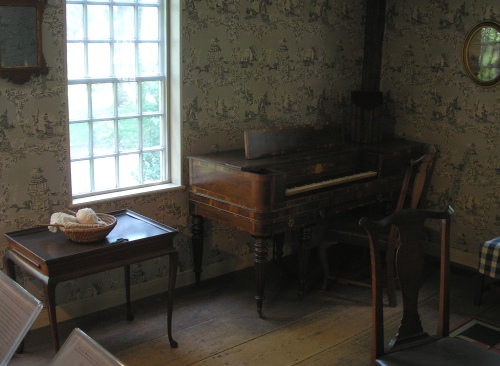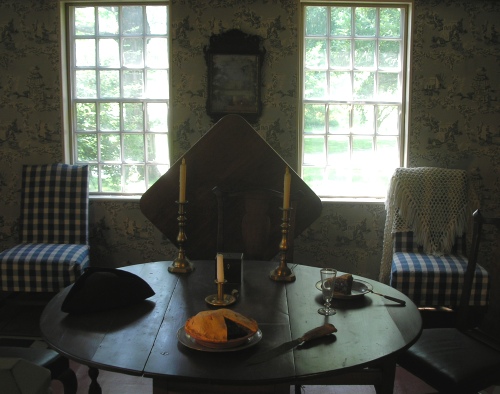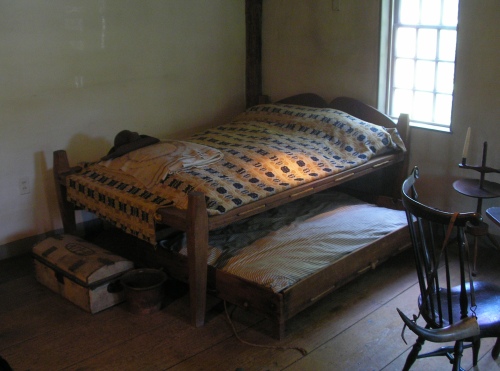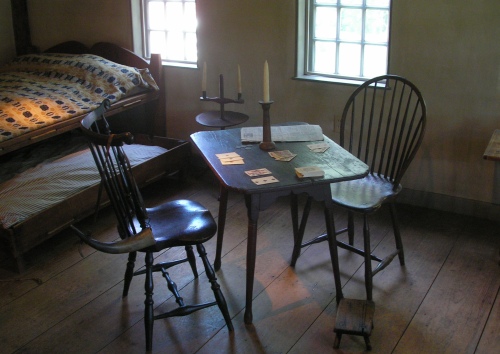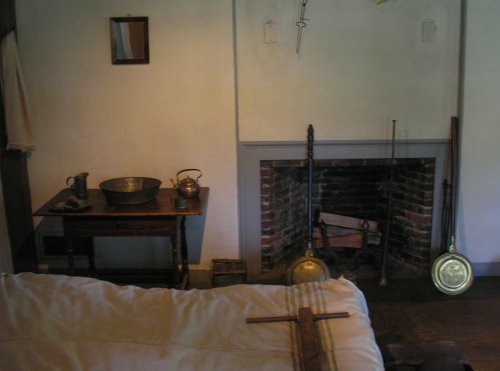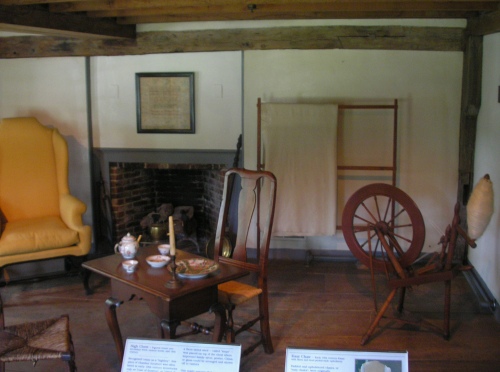Longfellow’s Wayside Inn (1716)
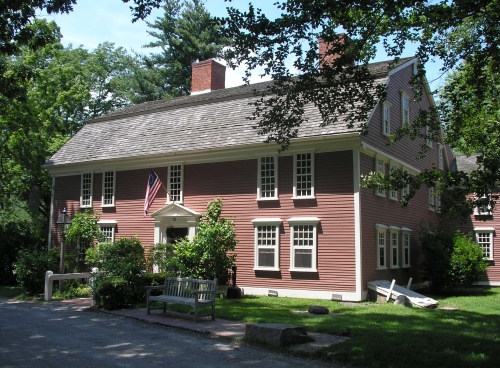
The Wayside Inn in Sudbury is the oldest operating Inn in the United States and was immortalized in Henry Wadsworth Longfellow‘s sequence of poems, Tales of a Wayside Inn (1863). Built in 1716, the Inn was first known as Howe’s Tavern, for its first innkeeper, David Howe. His descendants continued to operate the Inn, adding to the original structure over time, until 1861. These included Howe’s son, Ezekiel, who led the Sudbury militia to Concord for the battle of April 19, 1775. After passing from the Howes to new owners, the Inn served as a boarding house for temporary lodgers. In October of 1862, Longfellow and his publisher, James Fields, visited the Inn and this inspired the poet to write Tales of a Wayside Inn, which became a bestseller. Although it continued to serve as a boarding house, the Wayside Inn soon began to attract tourists, anxious to see the place which had captured the public imagination. In 1896, Edward Rivers Lemon, a wealthy Medford wool merchant, purchased the Inn as a business venture, inviting the Society of Colonial Wars to meet there in 1897. On that occasion, the orator Samuel Arthur Bent gave a speech entitled: “The Wayside Inn—Its History and Literature.” Lemon intended the Inn to be a literary and artistic retreat and a group artists, poets, and writers, known as the Paint and Clay Club, met there frequently.
The Wayside Inn entered a new phase of its existence when it was purchased by Henry Ford in 1923. He intended to create a living museum of Americana centered on the historic building and bought many acres of land around it. He built a gristmill and the non-denominational Martha-Mary Chapel on the property and and also relocated a schoolhouse from Sterling, which he believed was the actual building mentioned in Sarah Josepha Hale‘s poem “Mary Had a Little Lamb.” The property was placed in a non-profit trust in 1947, with many representatives of the Ford family on the Board, and this transitioned to governance by the National Trust for Historic Preservation in 1957. Restoration of the Inn was necessary, with help from the Ford family, after a devastating fire in December 1955. As of 1960, the Inn came under the governance of local trustees. There would be no further support coming from Ford interests and there was no endowment, but by this time the Inn had become self-sufficient as an inn, restaurant and museum.
Below are pictures of some interiors in the museum section of the Inn:
